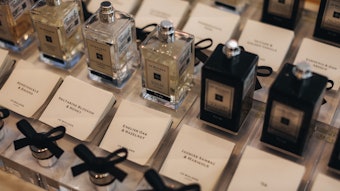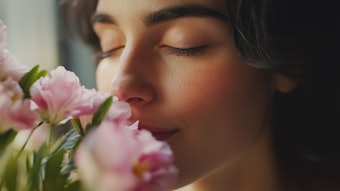The odor of roses is deeply ingrained in the conscious ness of modern man. From its origins in ancient Persia, this species has spread to all corners of the world, cultivated for one purpose alone: to satisfy man’s desire for beauty, both visual and fragrant. Even though roses have been extensively studied, chemists and perfumers continue to search, both in nature and in the laboratory, for new rose notes that may contribute greater substantivity, better performance or an original odor impression. This paper will review recent developments in the study of roses and rose perfumery.
Back to Nature
Of all odor descriptors, “rose” is perhaps the most readily recognizable to the layperson. However, it is generally recognized that this descriptor is very general, considering the wide variations in the odor of rose hybrids. Any gardener can readily learn to distinguish between the fragrances of different hybrids, a remarkable fact considering the narrow genetic base from which modern garden roses are derived. Of the approximately 150 known wild species, only seven contributed to the genetic makeup of the modern garden rose, and six of those belong to the same closely related genetic clade.
Although the various species of roses and their fragrance constituents are well documented, chemists continue to find new chemicals in this diverse family. An example of this is the curious discovery of 1,2-diethylcyclobutane (Figure 1) as the main component in the oil of Rosa webbiana, a wild rose from Karakoram.










